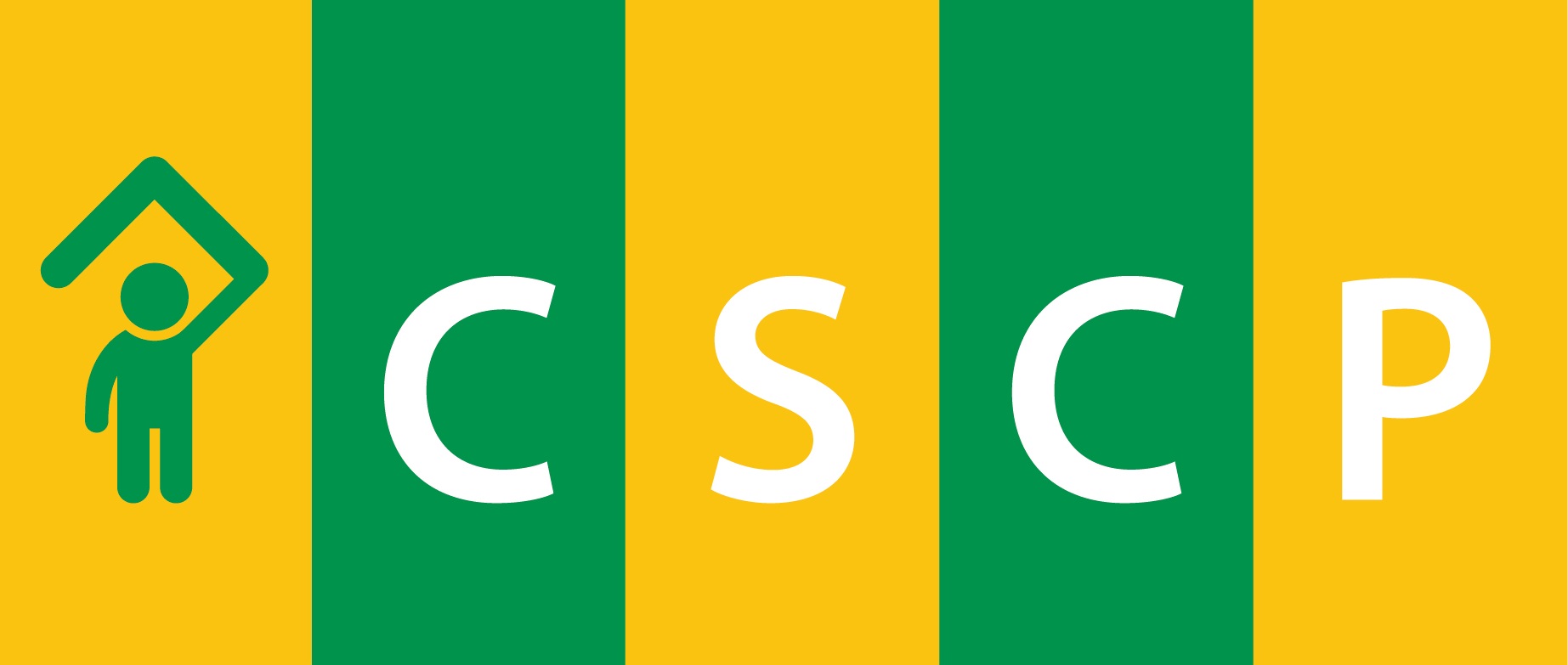Much evidence suggests that attachment relationships with a parent or carer are the foundation for a child’s experience of the world. This second edition briefing highlights emerging evidence on understanding and building attachment relationships pre-birth. It provides a fundamental grounding in attachment theory and different attachment behaviours, with a focus on identifying signs of parent-child interactions that may need further assessment. It also aims to build understanding of attachment and the appropriate application of the theory in direct work with children, young people and families. RiP Frontline Briefing Update 2016
Neglect
Working with families in which neglect is a factor
The Cumbria Neglect Strategy has been developed to set out the strategic aims and objectives of Cumbria's approach to tackling neglect. It identifies the key principles underpinning work with neglect and priority actions to improve the way we work.
The CSCP wants to ensure that we are able to identify children and young people, whose needs may be neglected by their care givers, at the earliest point so that appropriate services can be provided to address this and prevent the need for statutory intervention.
Our vision
There are varying experiences of neglect but long term exposure to neglect or serious neglect have long lasting effect on children. Therefore, we need to have a proportionate response dependant on the seriousness. Our vision for Cumbria is that fewer children will experience neglectful care and will be raised in a loving family environment.
CSCP `Day in my Life` Neglect Toolkit
Improving outcomes for neglected children means we need to know how, when, where and why neglect is occurring for each child in the household. The original ‘Day in the Life of the child’ tools devised by Jan Horwath aim to help practitioners gain a better understanding of what is happening in families where neglect is an issue and what actions may lead to improved outcomes for children.
All Practitioners should use the tools with the parent/carer separately to the child. Go through each stage of the day to try to gain an understanding of what the daily lived experience of each child is.
You can find all the 'Day in my Life' tools under 'Tools' heading further down the page.
Research
Recommended reading by the Policy and Procedures sub group. This small scale study by Horwath and Tarr (2015) explores planning and social work practice in cases of child neglect with a focus on conferences and core groups in England and Wales, looking at active cases of chronic neglect where a child was subject to a child protection plan for two years or more because of neglect, or was on a plan, taken off it and subject to a further plan within a two-year period. The Child as Object of Neglect
Day in my Life Tools
Day in my Life - Pre-School Child
Day in my Life - Primary School Child
Day in my Life - A Disabled Child
Signs of Wellbeing Map
Signs of Wellbeing Map - blank template
Chronology Template
Guide in decision making
Health - Neglect Guide to Decision Making
The Neglect guide to decision making has been developed for practitioners who have concerns that a child or young person may be neglected but only have contact with the child or Young Person for a short period of time. Whilst the guide was developed for health practitioners providing episodic care, partners and colleagues can adopt and use the guide within their own scope of practice to complement and inform their own decision making in line with internal policies/procedures.
The guide aims to support health practitioners to recognise the different types of Neglect, including comprised parenting that can lead to neglect and respond at the earliest opportunity, decide what “Next Steps” need to be taken to support the child/YP and to make a referral to services if it is felt appropriate. The completed guide can be used to provide supporting information for a referral and submitted with a single contact referral form.
Neglect Guide to Decision Making
Neglect Guide to Decision Making (YouTube video)
The guide can be utilised within reactive or planned supervision, multi-agency discussions and safeguarding meetings.
The guide was developed with the support of health providers across the Cumbria footprint:
- Lancashire & South Cumbria ICB
- Northeast & North Cumbria ICB
- Morecambe Bay Hospital Trust
- North Cumbria Integrated Care NHS Foundation Trust
- Lancs & South Cumbria Foundation Trust
- Cumbria, Northumberland, Tyne, and Wear NHS Foundation Trust
Please note that the guide is to be used initially and in conjunction with the identified tools within the Neglect Strategy 2023-2026 as these tools will lead to a more in-depth assessment and greater understanding of what life looks like on a daily basis for the child or young person.
- Age/need specific “day in my life”.
- Chronology
- Signs of wellbeing mapping and analysis
